The magnificence of the palace of San Marco and its privileged position attracted the attention of the popes, who made it their stronghold in the heart of the city
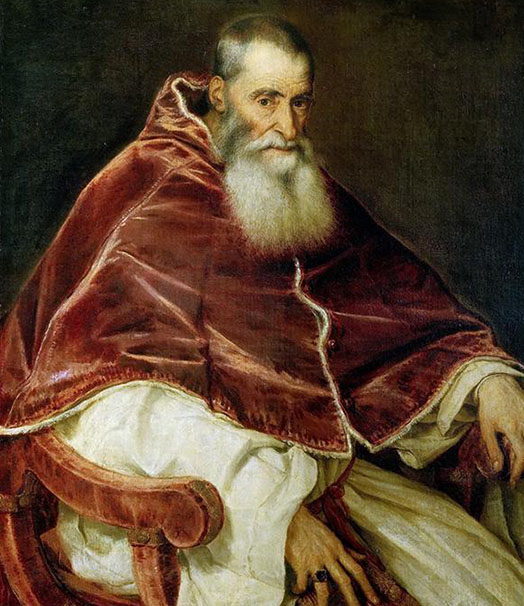
Alessandro Farnese, who ascended to the papal throne with the name of Paul III (1534-1546), was characterised by a remarkable political vocation. Among other things, he made every effort to restore centrality to the Roman apostolic Church through an energetic reaction to the Protestant creed, commonly known as the Counter-Reformation. His role was also felt within the Aurelian Walls. Judging the Vatican to be excessively decentralised, Paul III followed the line of Paul II Barbo and opted in favour of the palace of San Marco, in the very heart of the city: here Pope Farnese resided for long periods and particularly during the summer months. From this point of view, the residence of San Marco can be seen as the direct precedent of the Quirinale, which would perform the same functions from the seventeenth century.
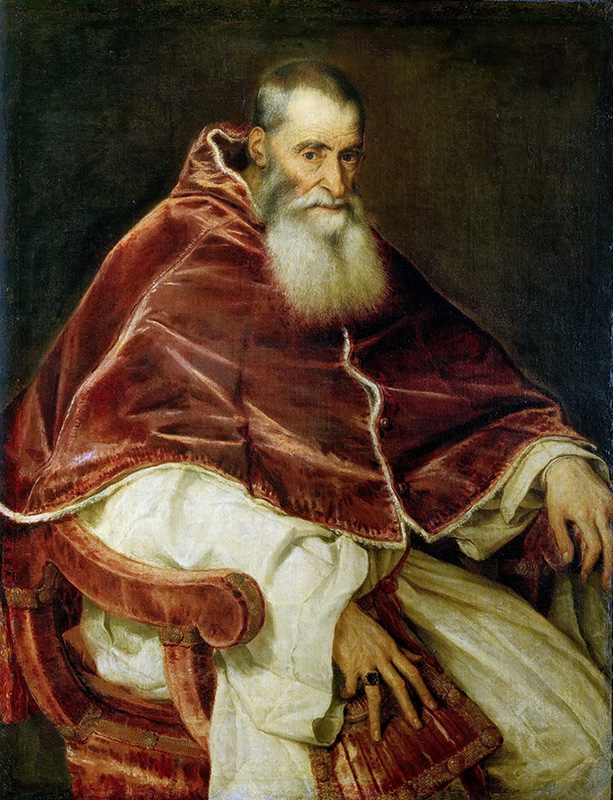
Portrait of Pope Paul III (Alessandro Farnese) in a painting by Titian, Capodimonte Museum, Naples
The presence of Paul III Farnese led to a series of modifications to the fifteenth-century structure dedicated to Saint Mark. Having closed the arches of the viridarium, the pope connected it directly to the Capitoline Hill via an overhead passageway: here he built a mighty defensive tower, known as the Tower of Paul III. By so doing, he replicated the palace-passageway-fortress system characteristic of the Vatican and Castel Sant’Angelo. The pope thus intended to reaffirm his sovereignty also over the Capitol, a stronghold of the municipal courts. Most of Paul III's modifications were lost at the end of the nineteenth century, in line with the rearrangement of the square.
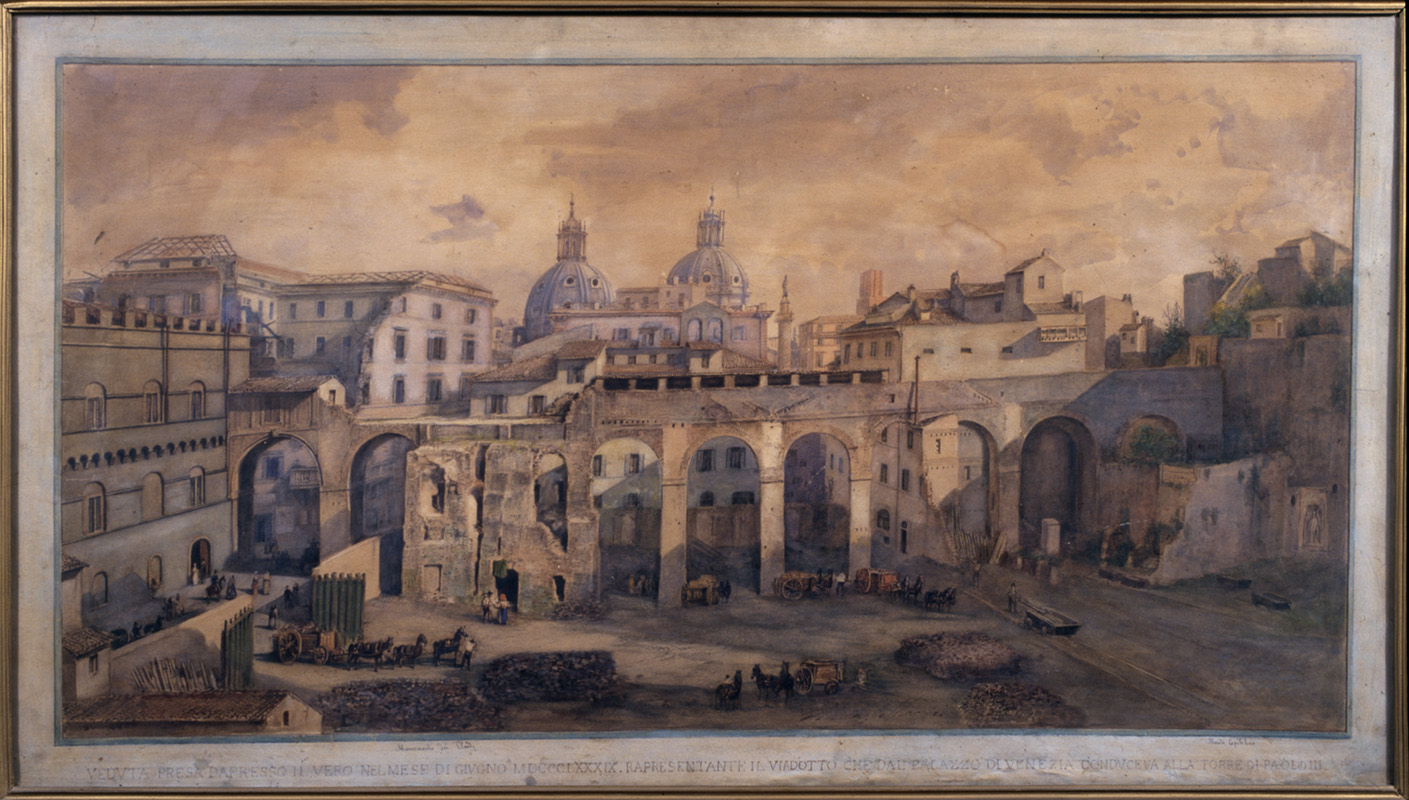
The Passageway that connected Palazzetto San Marco (on the left) with the Tower of Paul III (on the right) in an engraving by Vittorio Marchi from 1889
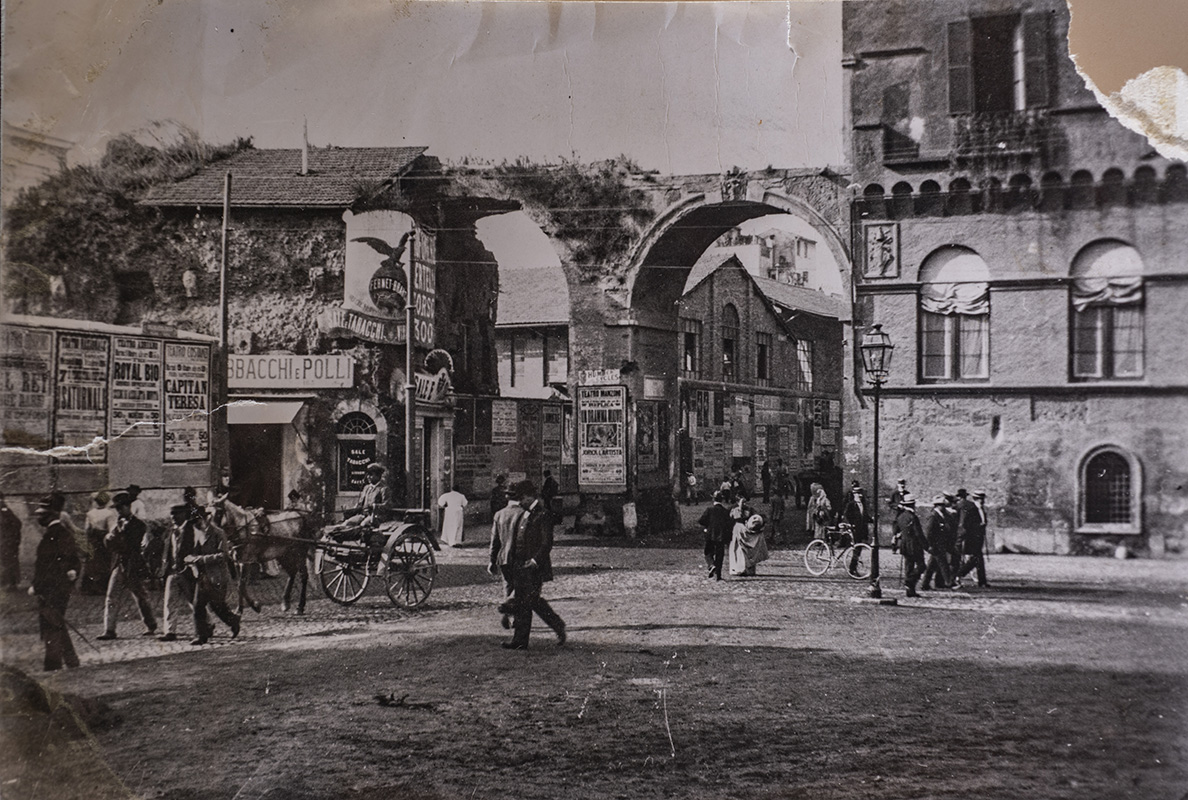
The initial portion of the Passageway of Paul III, partially demolished, in 1906
The main ally of Paul III Farnese in the fight against Martin Luther and the Protestants was Emperor Charles V of Habsburg (1550-1558). Following the conquest of Tunis, in June 1535, the emperor planned to make a ceremonial journey to the main capitals of the Peninsula, at the head of a victorious procession. The journey started from the south and headed north, touching Rome in 1536: just nine years after the Sack disaster, that visit had the purpose of transmitting the triumph of the greatest powers of Christianity, the Papacy and the Empire, united in the struggle against the infidels.
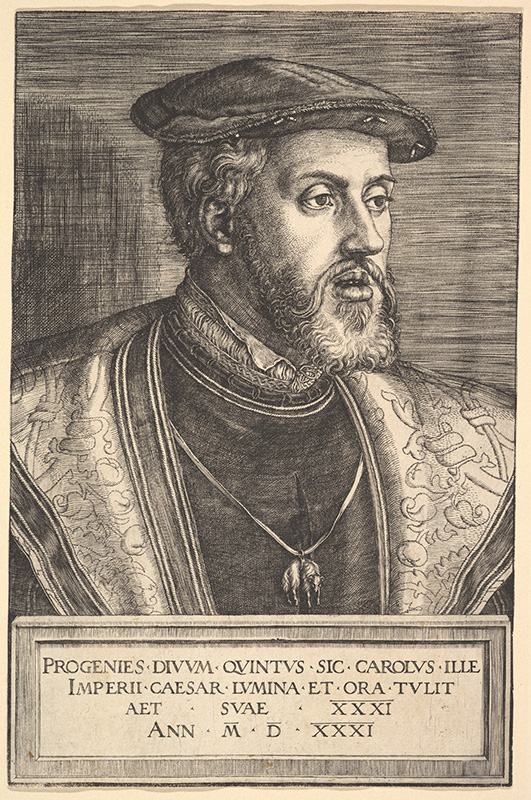
Portrait of Charles V, Holy Roman Emperor in an engraving by Barthel Beham, National Gallery of Art, Washington D.C.
The preparations to welcome the emperor were particularly thorough. The epicentre was once again the palace of San Marco, where the pope received Charles V with all honours. At the corner of the building, along Via Papalis, currently Via del Plebiscito, architect Antonio da Sangallo the Younger (1484-1546) created an ephemeral triumphal arch. At least in the short term, that visit was a success: in those days the pope and the emperor decided to convene the Council of Trent.
Pope Paul III reconciling Francis I (House of Valois) and Charles V, Holy Roman Emperor in a painting by Sebastiano Ricci, part of the collection of Palazzo Farnese in Piacenza, Italy